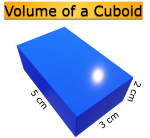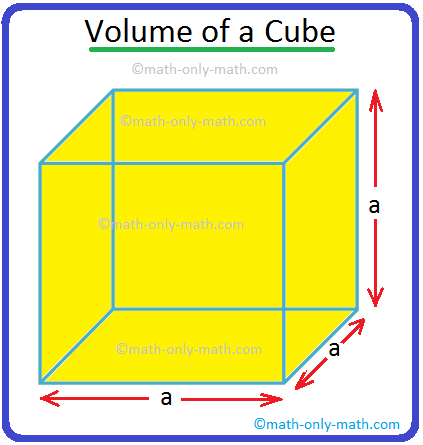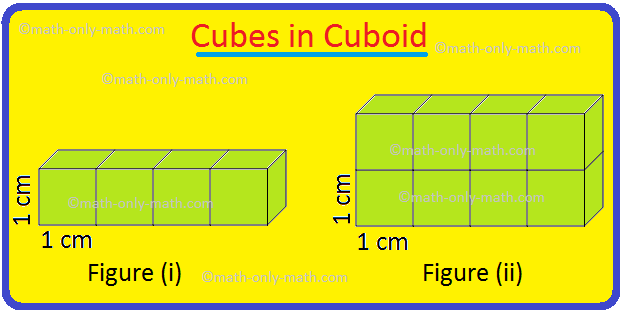Subscribe to our ▶️ YouTube channel 🔴 for the latest videos, updates, and tips.
Home | About Us | Contact Us | Privacy | Math Blog
Indirect Variation
When two variables change in inverse proportion it is called as indirect variation. In indirect variation one variable is constant times inverse of other. If one variable increases other will decrease, if one decrease other will also increase. This means that the variables change in a same ratio but inversely.
General equation for an inverse variation is Y = K1x. Or XY = K which is constant. So the product of two variables is a constant for inverse variation.
A variable quantity A is said to vary inversely as another variable quantity B, when A varies as the reciprocal of B i.e., when A varies as 1B
Thus, if A varies inversely as B, we write A ∝ 1B or, A = m ∙ 1B or, AB = m where’m (≠ 0) is the constant of variation. Hence, if one variable varies inversely as another, then the product of the corresponding values of the variables is constant.
Conversely, if AB = k where A and B are variables and k is a constant, then A ∝ 1B.
Hence, if the product of the corresponding values of two variables is constant, then one quantity varies inversely as another.
Again, if A varies inversely as & then AB = constant ; but AB = constant implies that when A increases in a given ratio, B decreases in the same ratio and vice -- versa. Thus, if two variables are so related that an increase (or decrease ) in the value of one variable in a certain ratio corresponds to a decrease (or increase) in the same ratio in the value of the other variable then one variable varies inversely as another.
The relationship between variables is just the opposite of direct variation. When a car runs faster it takes less time to cover a distance. If speed of a car increase, it takes less time to cover a distance and vice versa. Here the distance is constant. It can be expressed as a inverse variation equation.
T = SV where T is time, S is the distance and V is the speed of the car.
Here S is the constant; T and V are variables which vary inversely.
| a m. | 20 | 16 | 40 |
| b m. | 8 | 10 | 4 |
Now we will solve some problems on direct variation:
1. If P varies indirectly as Q and the value of P is 4 and Q is 3, what is the equation that describes this indirect variation of P and Q?
Solution:
As P varies indirectly with Q, product of P and Q is constant for any value of P and Q.
So constant K = PQ = 4 × 3 = 12
So the equation that describes the direct variation of P and Q is P = 12Q.
2. If a car runs at a speed of 40 kmph and takes 3 hrs to run a distance, what time it will take to run at a speed of 60 km?
Solution:
If T is the time taken to cover the distance and S is the distance and V is the speed of the car, the indirect variation equation is S = VT where S is constant and V and T are variables.
For the case given in the problem the distance that car covers is
S = VT = 40 × 3 = 120 km.
So at a speed of the car is 60 kmph and it will take
S = VT or 120 = 60 × T
T = 2 hrs.
3. In X is in indirect variation with square of Y and when X is 4, Y is 3. What is the value of X when Y is 6?
Solution:`
From the given problem indirect variation equation can be expressed as
X = KY2 or K= XY2
For the given case
K = 4 x 32 =36.
So when Y is 6,
XY2 =36
or, X = 36Y2
= 3662
= 3636
= 1
So the value of X is 1.
4. If A takes 5 days to complete a task when he works for 8 hrs a day, how many days he will take to complete the task if he works 5 hrs a day?
Solution:
If D is number of days, H is hrs of work in a day for A and T is the total time A takes to complete the task, from the given condition inverse variation equation is
D = TH
or, T = HD, where T is constant.
T = 8 × 5=40.
So to complete the task A takes 40 hrs.
If he works 5 hrs a day
D = TH = 405 = 8.
So A will take 8 days.
● Variation
- What is Variation?
- Direct Variation
- Inverse or Indirect Variation
- Joint Variation
- Theorem of Joint Variation
- Worked out Examples on Variation
- Problems on Variation
11 and 12 Grade Math
From Indirect Variation to Home Page
Didn't find what you were looking for? Or want to know more information about Math Only Math. Use this Google Search to find what you need.
Recent Articles
-
Worksheet on Area, Perimeter and Volume | Square, Rectangle, Cube,Cubo
Jul 28, 25 01:52 PM
In this worksheet on area perimeter and volume you will get different types of questions on find the perimeter of a rectangle, find the perimeter of a square, find the area of a rectangle, find the ar… -
Worksheet on Volume of a Cube and Cuboid |The Volume of a RectangleBox
Jul 25, 25 03:15 AM
We will practice the questions given in the worksheet on volume of a cube and cuboid. We know the volume of an object is the amount of space occupied by the object.1. Fill in the blanks: -
Volume of a Cuboid | Volume of Cuboid Formula | How to Find the Volume
Jul 24, 25 03:46 PM
Cuboid is a solid box whose every surface is a rectangle of same area or different areas. A cuboid will have a length, breadth and height. Hence we can conclude that volume is 3 dimensional. To measur… -
Volume of a Cube | How to Calculate the Volume of a Cube? | Examples
Jul 23, 25 11:37 AM
A cube is a solid box whose every surface is a square of same area. Take an empty box with open top in the shape of a cube whose each edge is 2 cm. Now fit cubes of edges 1 cm in it. From the figure i… -
5th Grade Volume | Units of Volume | Measurement of Volume|Cubic Units
Jul 20, 25 10:22 AM
Volume is the amount of space enclosed by an object or shape, how much 3-dimensional space (length, height, and width) it occupies. A flat shape like triangle, square and rectangle occupies surface on…






New! Comments
Have your say about what you just read! Leave me a comment in the box below. Ask a Question or Answer a Question.